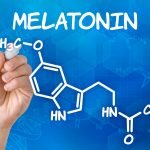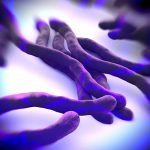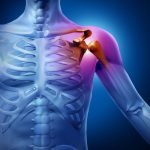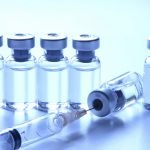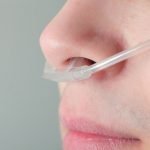Vitamin D Infused Wound Dressings
Node Smith, ND
An interesting new wound dressing has been developed using vitamin D to promote the production of an antimicrobial peptide.1 The dressing is a nanofiber-based bandage woven to contain vitamin D within it and meant to aid in the prevention of surgical site infections (SSIs).
Surgical site infections are a major concern
In the United States alone, it is estimated that over 300,000 individuals experience significant enough infection of surgical sites to seek out additional medical care. This accounts for around $10 billion in healthcare costs that could be avoided. Additionally, more than 13,000 people die annually from these infections.
“Electrospinning”
The development of these vitamin D infused wound dressings use a method called “electrospinning” as well as the bioactive form of vitamin D – 1,25-dihydroxyvitamin D3, or 1,25(OH)2D3.
Adrian Gombart, co-author and professor of biochemistry and biophysics at Oregon State University’s College of Science, explains electrospinning as “a versatile, simple, cost-effective and reproducible technique for generating long fibers with nanoscale diameters.” According to Gombart the “electrospun nanofiber wound dressings offer significant advantages over hydrogels or sponges for local drug delivery. They provide several functional and structural advantages, including scar-free healing.”
Vitamin D delivered in a sustained manner over 4 weeks
The vitamin D is able to be delivered in a sustained manner over the course of 4 weeks. The bioactive version of vitamin D was seen to induce production of an antimicrobial peptide, hCAP18/LL37, which disrupts bacterial membranes.
New dressing delivers active vitamin D directly into the tissue
The inactive form of vitamin D – 25-hydroxyvitamin D3 – has been used in the past, along with a toll-like receptor ligand that would promote cellular conversion to the active form. This new dressing just skips this step altogether and delivers the active vitamin D directly into the tissue to start targeting specific genes – one of which is LL37 peptide.
This dressing is less likely to contribute to drug resistance
The researchers point out that this dressing is less likely to contribute to drug resistance since it works with the body’s innate immune system rather than administering a single antimicrobial agent. The dressings have been very successful on human skin in culture dishes as well as in vitro with keratinocyte and monocyte cell lines, and in vivo with murine models.
Source:
- Jiang J, Zhang Y, Indra AK, et al. 1α,25-dihydroxyvitamin D-eluting nanofibrous dressings induce endogenous antimicrobial peptide expression. Nanomedicine (Lond). 2018;13(12):1417-1432.
Image Copyright: <a href=’https://www.123rf.com/profile_vadimgozhda’>vadimgozhda / 123RF Stock Photo</a>
 Node Smith, ND, is a naturopathic physician in Portland, OR and associate editor for NDNR. He has been instrumental in maintaining a firm connection to the philosophy and heritage of naturopathic medicine among the next generation of docs. He helped found the first multi-generational experiential retreat, which brings elders, alumni, and students together for a weekend camp-out where naturopathic medicine and medical philosophy are experienced in nature. Four years ago he helped found the non-profit, Association for Naturopathic ReVitalization (ANR), for which he serves as the board chairman. ANR has a mission to inspire health practitioners to embody the naturopathic principles through experiential education. Node also has a firm belief that the next era of naturopathic medicine will see a resurgence of in-patient facilities which use fasting, earthing, hydrotherapy and homeopathy to bring people back from chronic diseases of modern living; he is involved in numerous conversations and projects to bring about this vision.
Node Smith, ND, is a naturopathic physician in Portland, OR and associate editor for NDNR. He has been instrumental in maintaining a firm connection to the philosophy and heritage of naturopathic medicine among the next generation of docs. He helped found the first multi-generational experiential retreat, which brings elders, alumni, and students together for a weekend camp-out where naturopathic medicine and medical philosophy are experienced in nature. Four years ago he helped found the non-profit, Association for Naturopathic ReVitalization (ANR), for which he serves as the board chairman. ANR has a mission to inspire health practitioners to embody the naturopathic principles through experiential education. Node also has a firm belief that the next era of naturopathic medicine will see a resurgence of in-patient facilities which use fasting, earthing, hydrotherapy and homeopathy to bring people back from chronic diseases of modern living; he is involved in numerous conversations and projects to bring about this vision.





